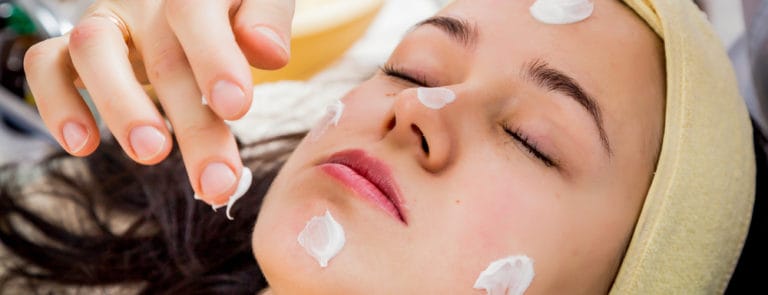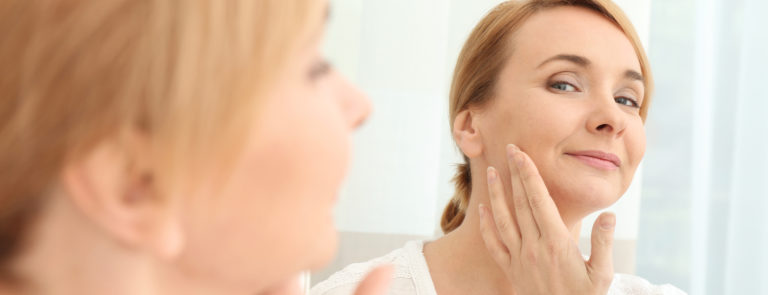Many of us have had spots at some point in our lives, and getting rid of them or covering them up is usually our top priority. But getting to know your papules from your pustules is the first step to help you banish those blemishes for good. Check out our handy guide to the main types of acne that cause spots.
Whiteheads
A mild form of acne, these are firm, white tipped blemishes that can appear anywhere on the body. They form when hair follicles or pores get clogged with dead skin cells and excess sebum (naturally occurring oils). The best way to treat whiteheads is by washing the effected skin with warm water and a gentle cleanser like the Burts Bees Sensitive Facial Cleanser.
Blackheads
These normally appear as tiny black dots or yellowish bumps. Like whiteheads, they are formed when pores become clogged. But unlike whiteheads which are closed, they are open and become oxidised resulting in their dark colour. Blackheads tend to appear on the nose and can be reduced using nose strips that help unclog and minimise pores.
Pustules
The first thing most people imagine when they think of spots – these have a white or yellowish tip caused by pus build-up and are usually tender and painful. You can help calm the affected skin with the Dr Organic Tea Tree Blemish Stick which has natural antiseptic properties and can be used under make up.
Papules
Red, swollen and often sore, this type of acne is angry and inflamed without the pus seen in pustles. A cream like the Manuka ApiClear Blemish Cream can help reduce swelling and redness by cooling the skin and replenishing its moisture.
Nodules
A more severe type of acne, characterised by hard, painful lumps that underneath the surface of the on areas like the chest and back. For nodules, an antiseptic tea tree oil will help soothe the lumps and avoid infection.
Cysts
Similar to boils, these large lumps are found beneath the skin and are filled with pus. The most severe form of acne, they can cause permanent scarring. When treating cysts, it’s important to not try and pop them as this can cause scarring and infection. Keep the area clean by cleansing it regularly with warm water and if it’s causing you discomfort, have your doctor remove it for you.
Now you’re familiar with the different forms of acne, you can tackle those spots with the right treatment for clearer skin.
Shop our
Natural Beauty range


.png)

